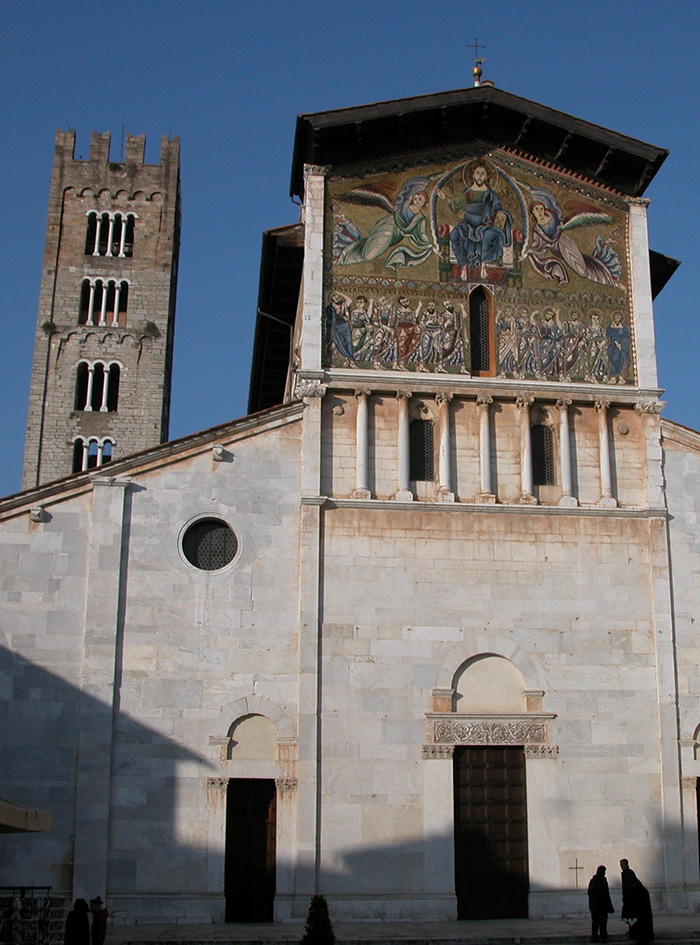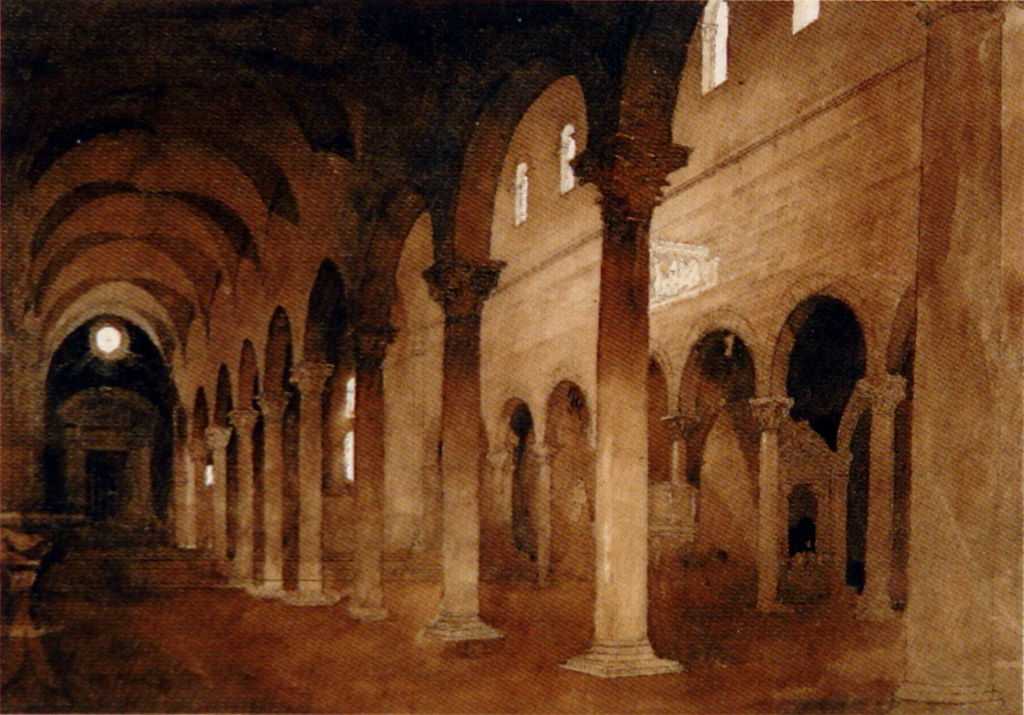![]()
Cattedrale dei Santi Pietro e Donato
Santa Maria della Pieve
Basilica di San Francesco
Chiesa di San Domenico
![]()
Baptistery of Santa Maria del Fiore
Bargello Museum
Churches, cathedrals, basilicas and monasteries
of Florence
Galleria dell'Accademia
Loggia dei Lanzi
Loggia del Bigallo (Museo del Bigallo)
Chiesa di Ognissanti
Palazzi in Florence
Palazzo Davanzati
Palazzo Medici Riccardi
Palazzo Pitti
Palazzo Rucellai
Palazzo Strozzi
Palazzo Vecchio
Piazze in Firenze
Ponte Vecchio
San Lorenzo
San Marco
San Miniato al Monte
Santa Croce
Santa Maria del Carmine
Santa Maria del Fiore (Duomo)
The Baptistery of San Giovanni
Santa Maria Maddalena dei Pazzi
Santa Maria Novella
Basilica di Santa Trinita
Santissima Annunziata
Uffizi Gallery
Vasari Corridor
![]()
San Michele in Foro
Basilica San Frediano
![]()
Camposanto Monumentale
San Paolo a Ripa d'Arno
San Pietro a Grado
![]()
Church of St.Giovanni Fuoricivitas
Ospedale del Ceppo
Church of Sant' Andrea
Fountains in Siena
Palazzo Pubblico
Ospedale Santa Maria della Scala





